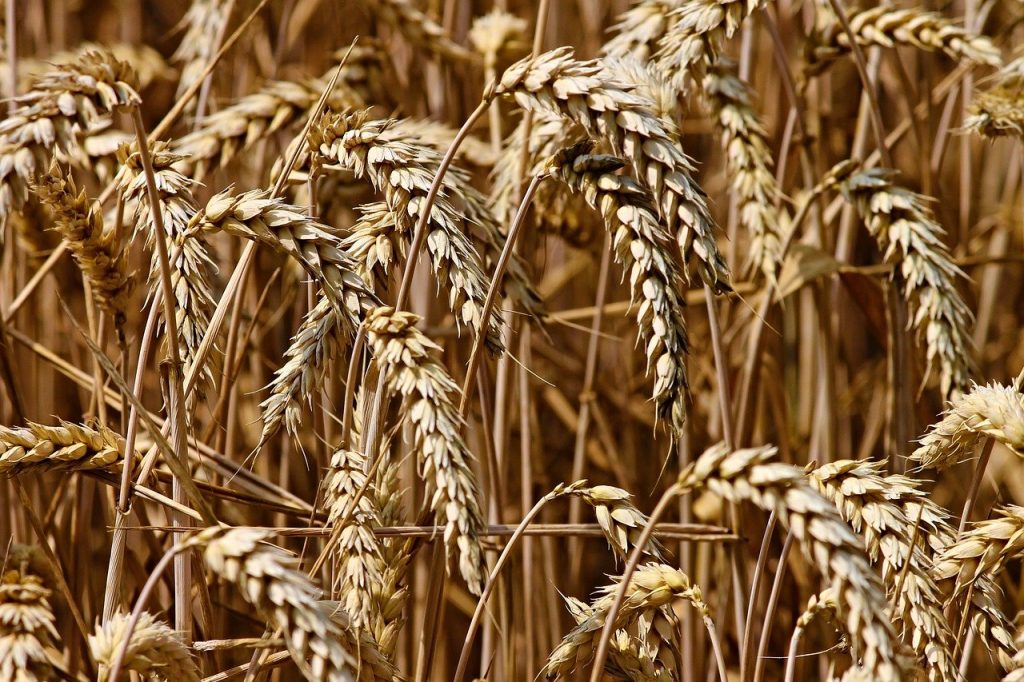Dried flowers and grasses and a lovely addition to home decor. They can look dainty or striking depending on what you use and how you display them, and although they can be expensive to buy some varieties can be simple to dry at home. If you like going for long walks in the country and see what you can find, collecting foliage can make a nice addition to the walk.
Flowers
The flowers you can dry will depend on the season, and some are more suitable than others. Some flowers lose their petals when dried and become a sorry sight! Garden flowers that particularly dry well are roses, lavender, cornflowers, hydrangeas and nigella. If you have any of these in your own garden, then you’re off and running! Pick them when they’re not too fully open, as this makes the petals less fragile. Then simply tie them into a bunch with string and cut all the stems off at the same length. Tie them upside down (i.e. with the heads facing down) in a warm place – above an Aga or boiler is ideal. They will take up to two weeks to dry out fully, then you can display them in a vase or however you wish.
If you have an old farmhouse-type kitchen with ceiling beams, they also look nice as decoration. Flowers dried in this way can last pretty much for ever if you’re careful, although the colour will gradually face and they are subject to getting dusty so you might want to change them every few months or so. They are quite brittle, so best hung out of the way rather than in a walkway.
Always pick flowers when they’re dry (i.e. not in the rain!) as then there’s much less chance of them going mouldy during the drying process.
Seed heads
Seed heads look great mixed in with dried flowers and add some architectural interest. They need to be collected when the weather is dry. The obvious plant for seed heads is poppies but you can use pretty much anything you like the look of! Hang them upside down as before, but place a shallow tray or similar underneath – as the heads dry, they’ll shed their seeds which you can collect and store ready for planting the following year.
Grasses
Lots of grasses lend themselves to drying, and they make nice additions to arrangements. If you live in the country you can sometimes find ‘rogue’ stalks of cereal crops such as wheat, oats and barley. (Please don’t pick these from within fields and take care not to trample on any crops! You can often find a few stray stalks along hedge lines or on verges outside the field.) Dry them in the same way as the flowers above. Bulrushes, timothy grass and pampas grass tassels also all dry well.
If you’re feeling particularly creative, you can also dye grasses and seed heads. Use a strong solution of food colouring, and soak the just-picked grasses or seed heads in the liquid for 10 to 15 minutes (or less if you want a very pale shade). Take out the grasses and let them drip, then tie them up to dry in a warm place as usual. Put an old towel or some folded kitchen roll underneath to catch any multi-coloured drips! The grasses may take several weeks to dry properly, and should keep their colour as long as you keep them out of strong sunlight.
Main image (c) Pixabay











